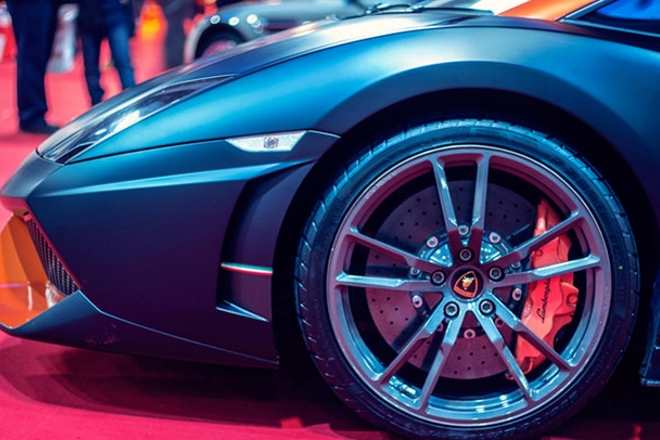Hydrogen-Powered Supercars: The Future of High-Performance Motoring
A sleek, futuristic vehicle glides silently down a winding mountain road, its only emission a wisp of water vapor. This isn't science fiction—it's the dawn of hydrogen-powered supercars. As the automotive world grapples with environmental concerns, a new breed of high-performance vehicles is emerging, promising blistering speed and zero emissions. Let's dive into the world of hydrogen supercars and explore how they're set to revolutionize the performance car landscape.

The Science Behind Hydrogen Power
At the heart of hydrogen-powered supercars lies the fuel cell. This remarkable piece of technology combines hydrogen with oxygen from the air to produce electricity, with water vapor as the only byproduct. The process is highly efficient, allowing for extended range and rapid refueling times compared to battery-electric vehicles. Moreover, the compact nature of fuel cells enables designers to maintain the low, sleek profiles that supercar enthusiasts crave.
Performance Without Compromise
One might assume that switching to hydrogen power would result in a performance deficit, but the reality is quite the opposite. Hydrogen fuel cells can deliver power instantly, resulting in lightning-fast acceleration. Additionally, the ability to place electric motors at each wheel allows for precise torque vectoring, enhancing handling and cornering capabilities. Some hydrogen supercars have already demonstrated 0-60 mph times under three seconds and top speeds exceeding 200 mph, proving that green technology and high performance can coexist harmoniously.
Design Innovation in Hydrogen Supercars
The unique properties of hydrogen powertrains are inspiring automotive designers to rethink supercar aesthetics. Without the need for large combustion engines and complex exhaust systems, designers have more freedom to create aerodynamic shapes and innovative interiors. Many hydrogen supercars feature striking LED lighting, active aerodynamics, and futuristic cockpits that blend seamlessly with their cutting-edge powertrains.
Overcoming Challenges
Despite their promise, hydrogen-powered supercars face several hurdles. The most significant is the lack of hydrogen refueling infrastructure. While efforts are underway to expand hydrogen stations, they remain scarce compared to traditional fuel pumps or electric charging points. Additionally, the production and storage of hydrogen can be energy-intensive, raising questions about the overall environmental impact. However, as technology advances and renewable energy sources become more prevalent, these concerns are gradually being addressed.
The Road Ahead for Hydrogen Supercars
As major automakers and innovative startups invest heavily in hydrogen technology, the future of high-performance motoring looks increasingly green. We can expect to see more hydrogen-powered supercars hitting the roads and racetracks in the coming years, pushing the boundaries of what’s possible in automotive engineering. These vehicles not only offer a glimpse into a sustainable future for performance cars but also serve as rolling laboratories, developing technologies that could eventually trickle down to mainstream vehicles.
Conclusion
Hydrogen-powered supercars represent a thrilling convergence of cutting-edge technology, environmental consciousness, and pure automotive excitement. As these vehicles continue to evolve, they promise to deliver the spine-tingling performance that enthusiasts crave while paving the way for a more sustainable automotive future. Whether tearing up a racetrack or cruising through city streets, hydrogen supercars are set to redefine our expectations of what a high-performance vehicle can be, proving that the pursuit of speed and the protection of our planet are not mutually exclusive goals.




